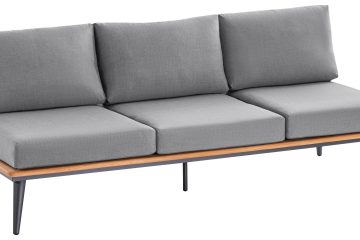The Importance of Fans in Modern Living Spaces
Introduction
In an era where energy efficiency and climate control are at the forefront of design innovations, the role of fans in home and office environments has become increasingly significant. Fans are not just a means of cooling; they play a vital role in improving air circulation and enhancing overall comfort. As temperatures rise globally, the demand for effective and eco-friendly cooling solutions like fans is more relevant than ever.
The Surge in Popularity
According to recent market research, the global fan market was valued at around £12 billion in 2022 and is projected to grow significantly in the coming years. This surge is attributed largely to escalating temperatures linked to climate change, rising energy costs, and a collective shift towards sustainable living. Fans offer a cost-effective alternative to air conditioning units, consuming significantly less energy. For instance, ceiling fans use about 60 watts on average compared to an air conditioner, which can use up to 3,500 watts. This makes fans both an environmentally friendly choice and a practical one for budget-conscious consumers.
Types of Fans and Their Benefits
There are various types of fans available on the market, including ceiling fans, stand fans, desk fans, and exhaust fans, each catering to different needs. Ceiling fans, for instance, have seen a resurgence in popularity due to their aesthetic appeal and energy efficiency. Many modern designs also integrate smart technology that allows users to control them via smartphones, making them more user-friendly than ever.
Stand and desk fans, meanwhile, offer flexibility and mobility, allowing users to direct airflow precisely where needed. Additionally, exhaust fans play an essential role in maintaining indoor air quality, helping to remove moisture and pollutants from kitchens and bathrooms.
The Future of Fan Technology
Innovations in fan technology are constantly evolving. Recent developments include bladeless fans that not only deliver a more streamlined design but also enhance safety, particularly in homes with children or pets. Furthermore, the integration of smart home technology is revolutionising how fans operate, enabling features such as energy-saving modes and automatic adjustments based on room temperature.
Conclusion
As the climate continues to change and energy efficiency becomes an increasingly important consideration in household and workplace design, fans are emerging as an essential component of modern living spaces. Their versatility, affordability, and significant role in improving air quality make them an invaluable asset. With ongoing innovations and increasing awareness of sustainability, it is undeniable that the humble fan is poised to remain a staple in homes and offices for years to come.









